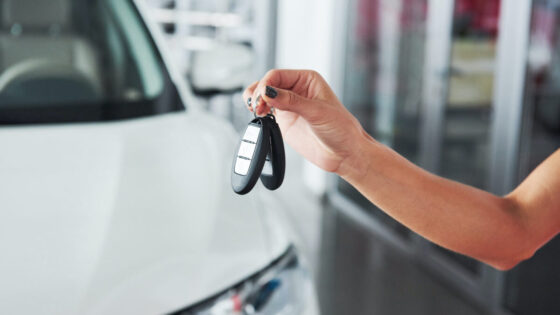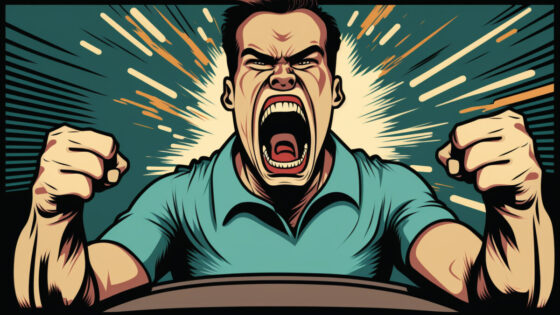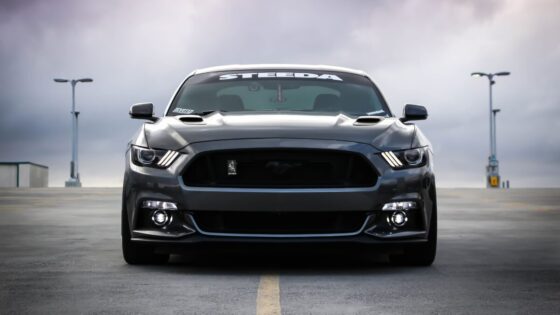Leased Car Crash: What Happens Next?
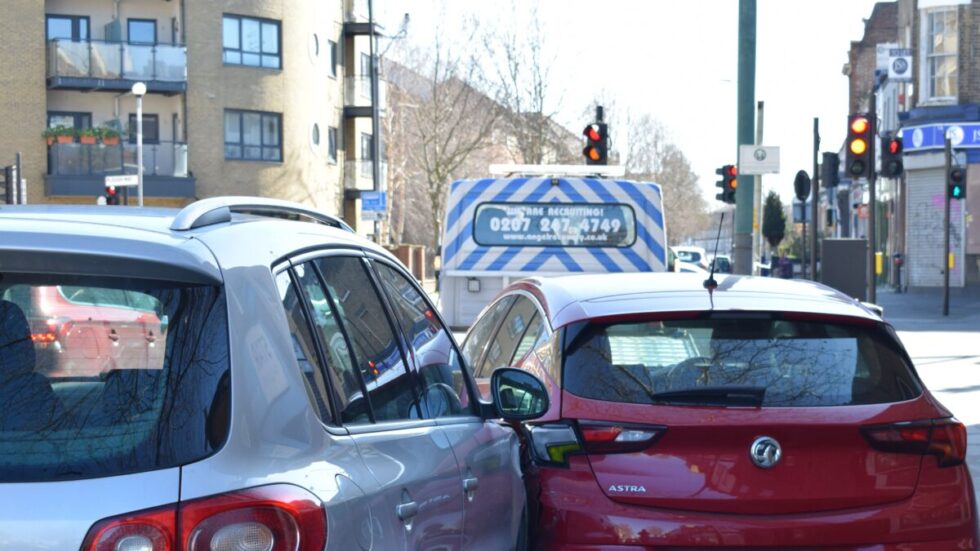
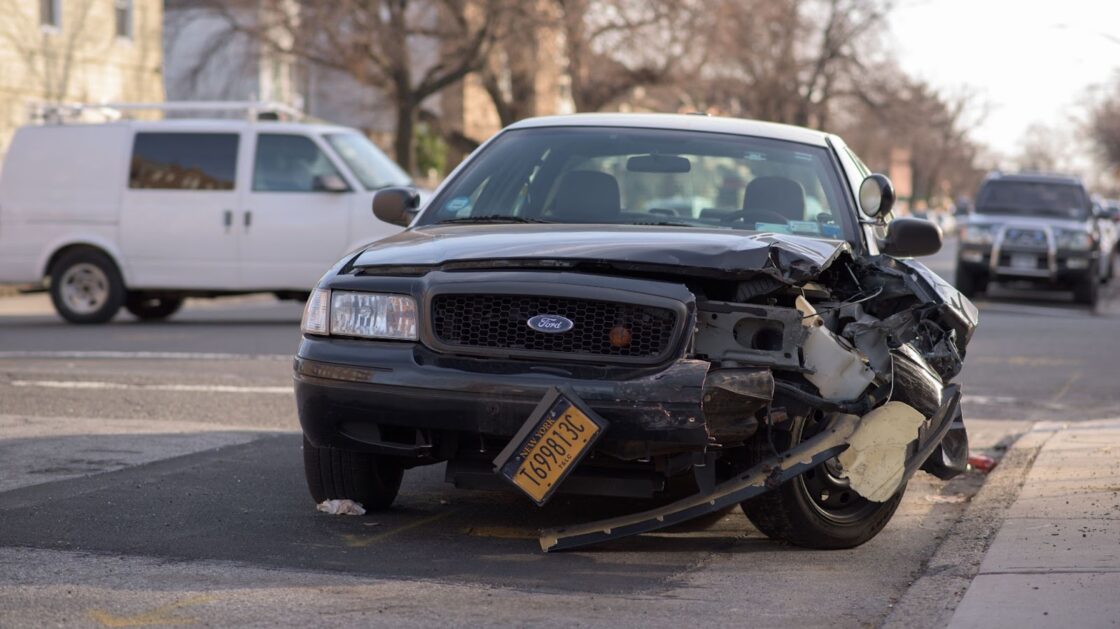
Getting into a car accident is a stressful experience, but it can be even more complicated if you’re driving a leased car. In this article, we’ll take a look at what you need to know if you’re in a leased car crash, including insurance coverage, total loss payments, liability, and what to do after an accident.
Your Insurance Coverage
When you lease a car, you’re required to carry insurance coverage that meets the leasing company’s minimum requirements. This typically includes collision and third-party liability coverage. However, there’s an important distinction between gap insurance and regular insurance coverage.
Gap insurance is designed to cover the difference between the actual cash value of the car and the amount you owe on your lease if the car is totaled. Regular insurance coverage will only cover the actual cash value of the car, which may not be enough to pay off the remaining balance on your lease.
Total Loss Payment
If your leased car is involved in an accident and deemed a total loss, the insurance company will determine the actual cash value of the car at the time of the accident. The actual cash value is the car’s market value minus any depreciation. If the actual cash value is less than what you owe on the lease, the leasing company will receive the total loss payment from the insurance company, and you’ll be responsible for paying the difference.
Who Pays for Damages on a Leased Car in an Accident?
If your leased car is damaged in an accident, the leasing company is technically the owner of the car and may have a say in how the repairs are handled. In most cases, the leasing company will require that repairs be made to the car to restore it to its pre-accident condition. Depending on the terms of your lease, you may be responsible for paying a deductible, and the leasing company may seek reimbursement from the other driver’s insurance company if they are at fault.
Tips for Handling a Leased Car Accident
If you’re involved in a leased car accident, it’s important to take certain steps to protect yourself. First, make sure everyone involved in the accident is safe and call the police to report the accident. Take photos of the damage to your car, as well as any injuries sustained in the accident. Documenting injuries is particularly important, as you may be able to recover compensation for medical expenses and other damages.
Who is Liable for Damages in a Leased Car Accident?
Determining liability in a leased car accident is similar to any other car accident. If the other driver is at fault, their insurance company will be responsible for paying for damages to your leased car. If you’re at fault, your insurance company will cover the damages up to the limits of your coverage. However, if you have no insurance or insufficient coverage, you may be personally liable for the damages.
How to File an Insurance Claim for a Leased Car Accident
If you’re involved in a leased car accident, you’ll need to file a claim with your insurance company. The claims process is similar to any other car accident, but there may be additional steps involved if you have gap insurance or if the leasing company is involved in the claim:
- What Happens if You Crash a Leased Car and Have Gap Insurance?
If you have gap insurance, it will cover the difference between the actual cash value of the car and the remaining balance on your lease. This means that you won’t be responsible for paying any out-of-pocket expenses if the car is deemed a total loss.
- What Happens if You Have No Insurance or Insufficient Coverage?
It’s illegal to drive without car insurance in most states, and leasing a car doesn’t exempt you from this requirement. If you get into an accident while driving a leased car and you don’t have insurance or your insurance coverage is insufficient, you could face legal and financial consequences.
If you’re found to be at fault for the accident and you don’t have insurance, you could be sued for damages and be held personally liable for any costs that exceed the limits of your insurance coverage. You may also be subject to fines, license suspension, and even criminal charges in some states.
If you have insurance but the coverage isn’t enough to pay for the damages, you may still be responsible for the remaining balance. This could include repairs or replacement of the leased car and any property damage or injuries sustained by other parties involved in the accident. It’s important to review your insurance coverage regularly and make sure you have enough protection for your needs.
What to Do Immediately After a Leased Car Accident
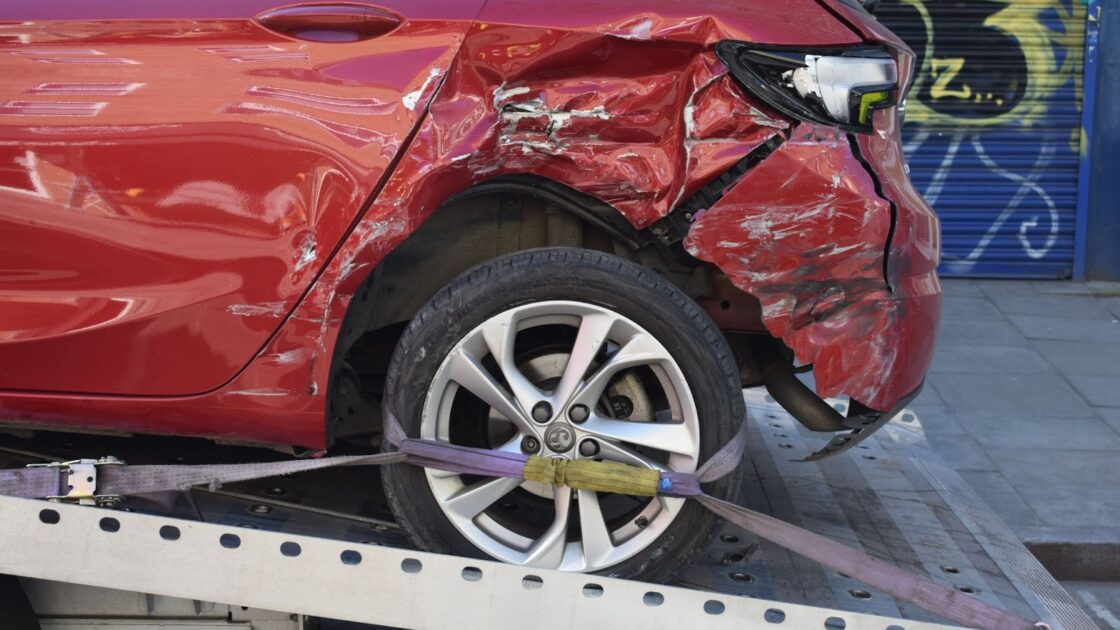
Getting into a car accident can be a stressful and overwhelming experience, but it’s important to stay calm and take immediate action. Here are the steps you should take after a leased car accident:
- Check for injuries: First and foremost, make sure that you and any passengers in your vehicle are safe and not injured. If there are injuries, call for medical help right away.
- Move to a safe location: If possible, move your leased car to a safe location away from traffic.
- Call the police: Call the police to report the accident, even if it’s a minor one. They’ll document the scene and create an accident report, which you may need later for insurance claims or legal purposes. Taking photos after a leased car accident is crucial for documenting the damage and helping with insurance claims and legal liability. In fact, even professional baseball players understand the importance of taking photos after a car accident, as shown in this tweet from iBaseball_1.
- Exchange information: Exchange contact, insurance, and driver’s license information with the other driver(s) involved in the accident.
- Take photos: Take photos of the scene, the damaged vehicles, and any injuries sustained. These photos can help with insurance claims and legal liability.
- Contact your leasing company: Notify your leasing company of the accident and provide them with any relevant information, such as the police report number.
- Contact your insurance company: Contact your insurance company to report the accident and start the claims process.
- Seek legal advice: If you’re unsure about your legal rights and responsibilities after the accident, consider seeking legal advice from an attorney who specializes in car accidents.
The Importance of Taking Photos After a Leased Car Accident
Taking photos after a leased car accident is crucial for insurance claims and legal liability. These photos can help provide evidence of the damages sustained and can be used to support your claims.
When taking photos of your leased car after an accident, make sure to capture the following:
- The damage to your leased car, including any dents, scratches, or broken parts
- The damage to other vehicles involved in the accident
- The scene of the accident, including any road signs or landmarks that can help identify the location
- Any injuries sustained by you or your passengers
It’s also a good idea to take photos of the other driver’s insurance and driver’s license information, as well as the police report if one was created. These photos can be crucial in the insurance claims process and can help establish liability in the event of a legal dispute.
What Happens if the Other Driver is at Fault?
Accidents happen, and sometimes, you are not the one responsible for causing the crash. In the event that the other driver is at fault for a leased car accident, there are a few things you should keep in mind.
Liability is determined by analyzing the events leading up to the accident and examining the evidence gathered from the scene. This evidence includes photographs, witness statements, and police reports. If the other driver is found to be at fault, their insurance company will be responsible for covering the damages.
To ensure that you receive a fair settlement, it is important to gather as much evidence as possible. Take photos of the accident scene and get contact information from any witnesses. Contact the other driver’s insurance company as soon as possible and provide them with the evidence you have gathered.
It is also important to be cautious when speaking with the other driver’s insurance company. Do not admit fault or make any statements that could be used against you later. Stick to the facts of what happened and let your insurance company handle the rest.
How is the Value of a Leased Car Determined?
In the event of a leased car accident, the value of the vehicle is an important factor in determining the outcome. The value of a leased car is determined by a few key factors, including the make and model of the car, its age, and its condition.
According to a recent article on cars311.com, an accident can significantly affect the value of a leased car. Factors such as the extent of the damage and the cost of repairs can impact the car’s value, which can in turn affect the amount owed on the lease. It is important to take into consideration these factors when determining the value of the car after an accident.
When assessing the value of a leased car after an accident, insurance companies will typically use a third-party valuation service to determine its worth. This service will consider the same factors that are used when determining the value of a car for resale.
If the value of the car is less than the amount owed on the lease, you could be responsible for paying the difference. This is where gap insurance comes in handy. If you have gap insurance, it will cover the difference between the value of the car and the amount owed on the lease.
If you’re still unsure about whether leasing or financing a car is right for you, check out this article on Cars311 for more information. It covers the pros and cons of both options and can help you make an informed decision about your car ownership.
FAQ
Gap insurance is not required for a leased car, but it can provide extra protection in the event of an accident.
Immediately after the accident, make sure everyone involved is okay and call the police. Take photos of the accident scene and exchange contact information with the other driver. Contact your insurance company as soon as possible to report the accident.
Driving without insurance or with insufficient coverage can lead to legal consequences. If you are in an accident, you may be responsible for paying for damages out of pocket.
The responsible party’s insurance company will typically cover the damages. If you are at fault, your insurance company will cover the damages up to the limits of your policy.
In the event of a total loss, the insurance company will pay the actual cash value of the car. If you have gap insurance, it will cover the difference between the actual cash value and the amount owed on the lease.
Seek medical attention as soon as possible and document your injuries. Contact your insurance company and a personal injury lawyer to discuss your options for compensation.
Yes! In fact, we came across a great tweet from a user named SwissHexican that provides some helpful tips. You can check it out here: link
